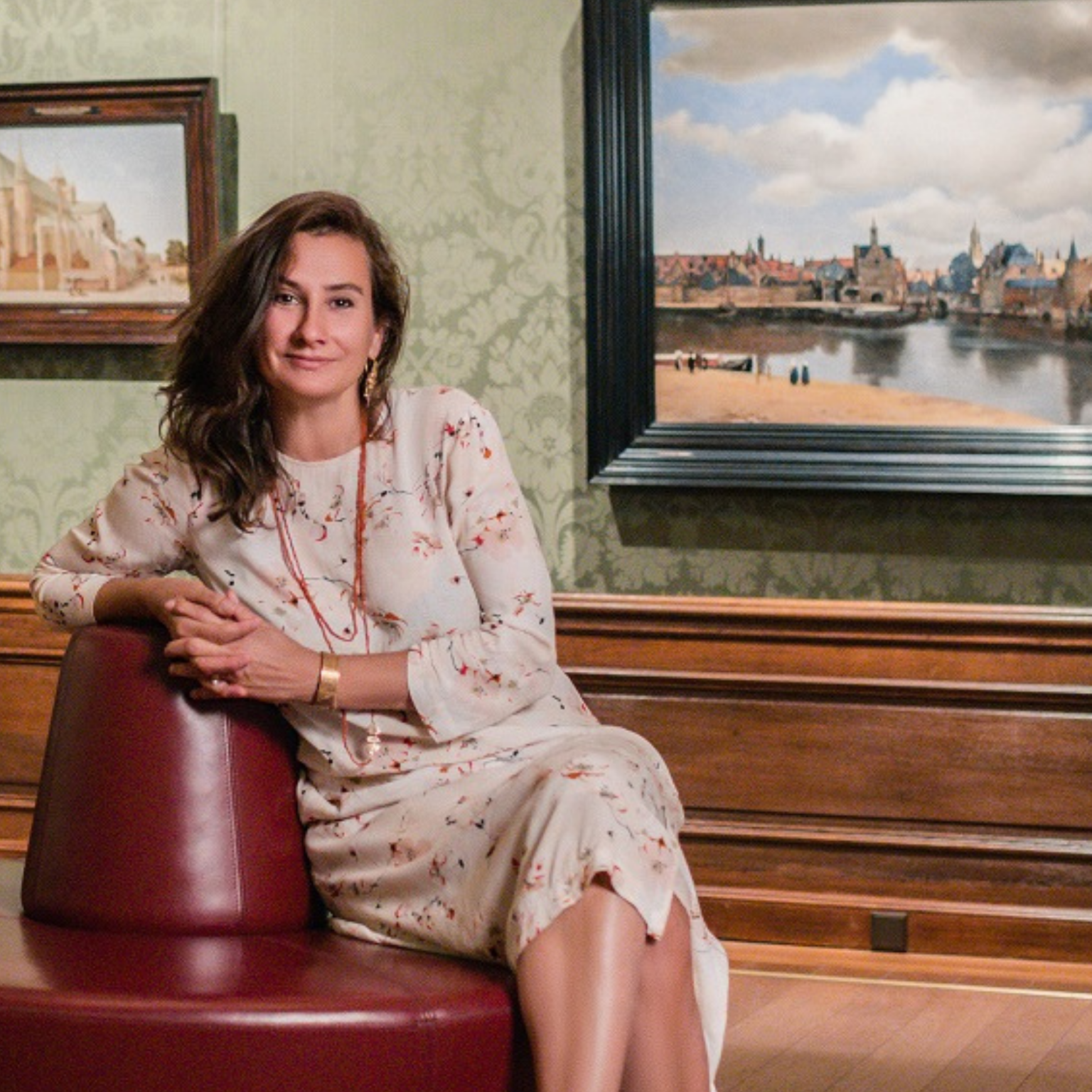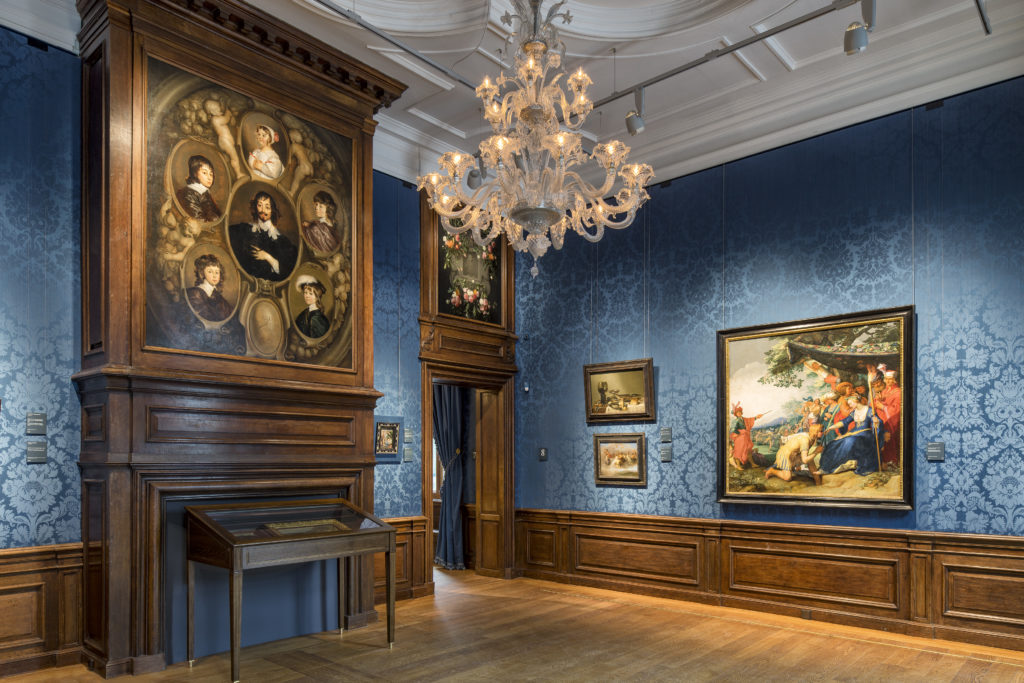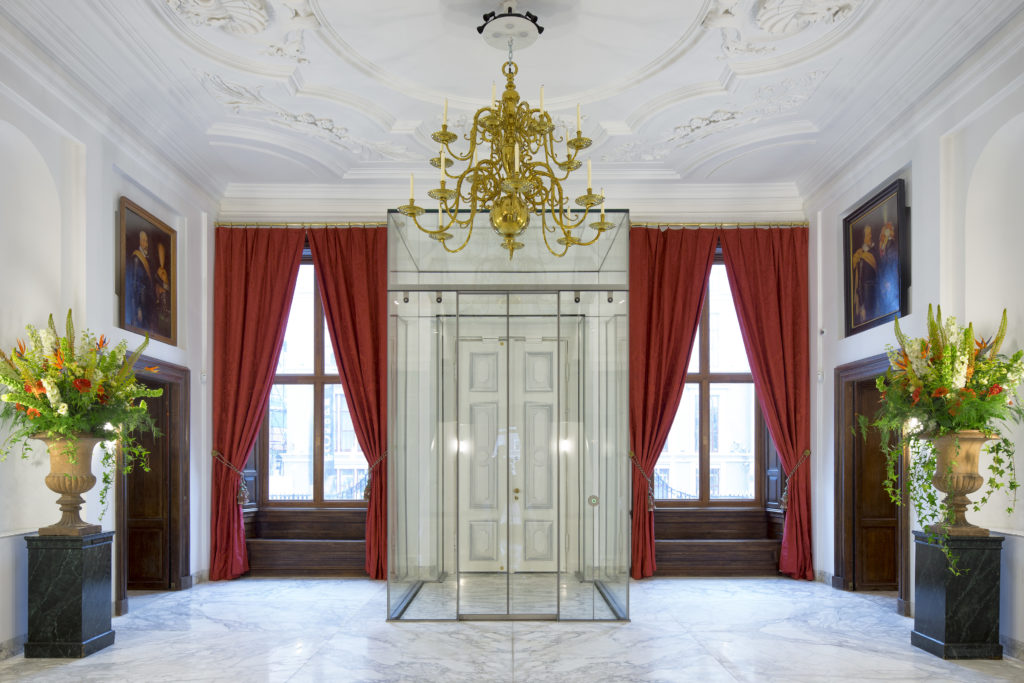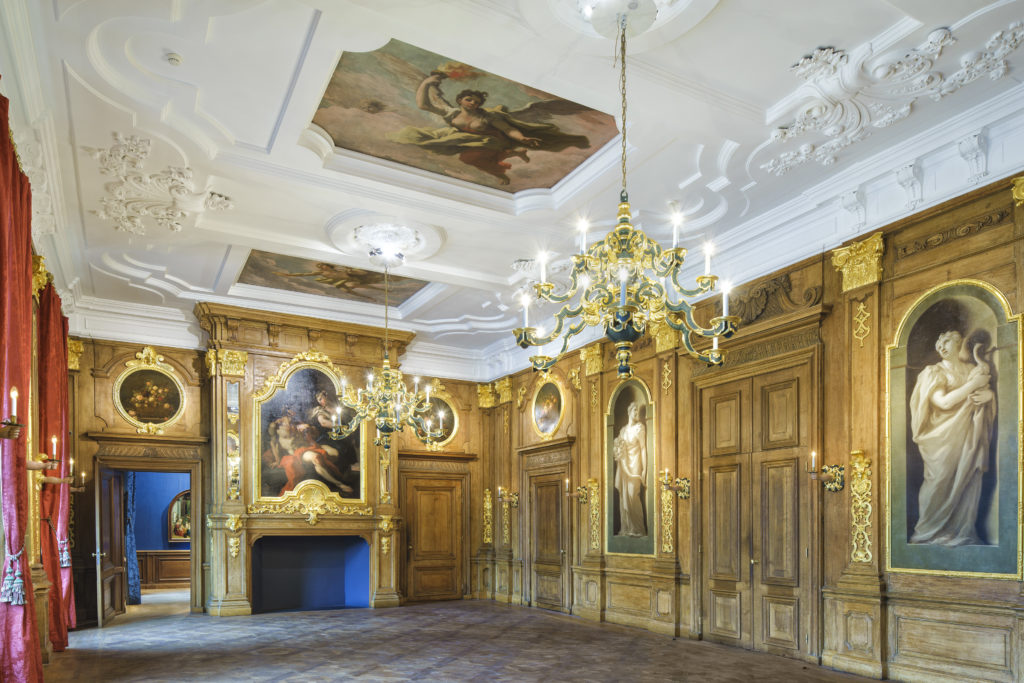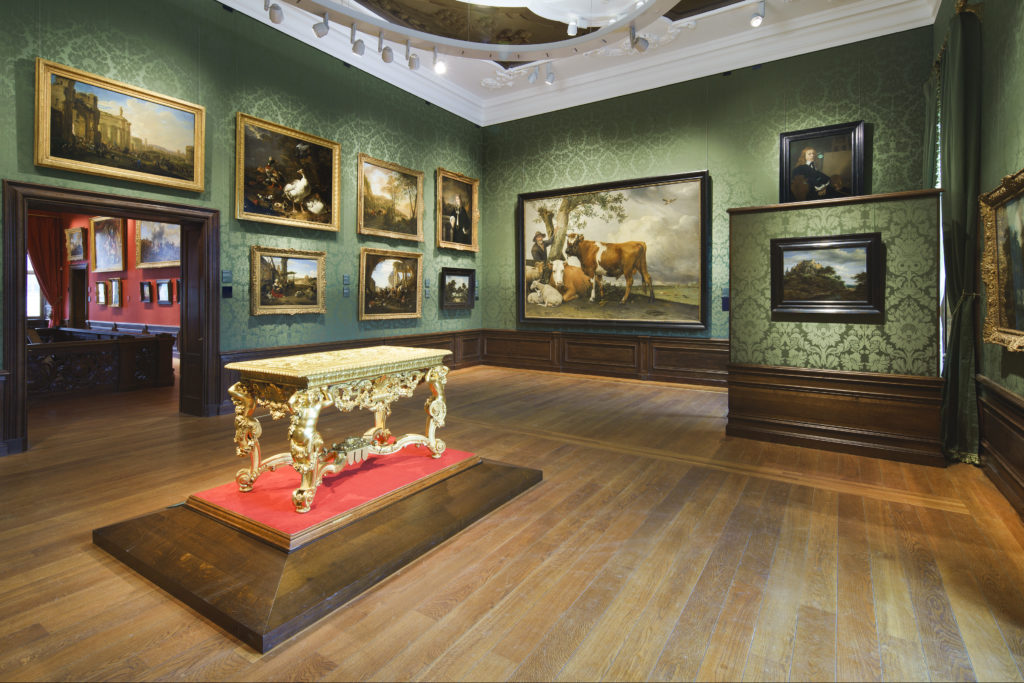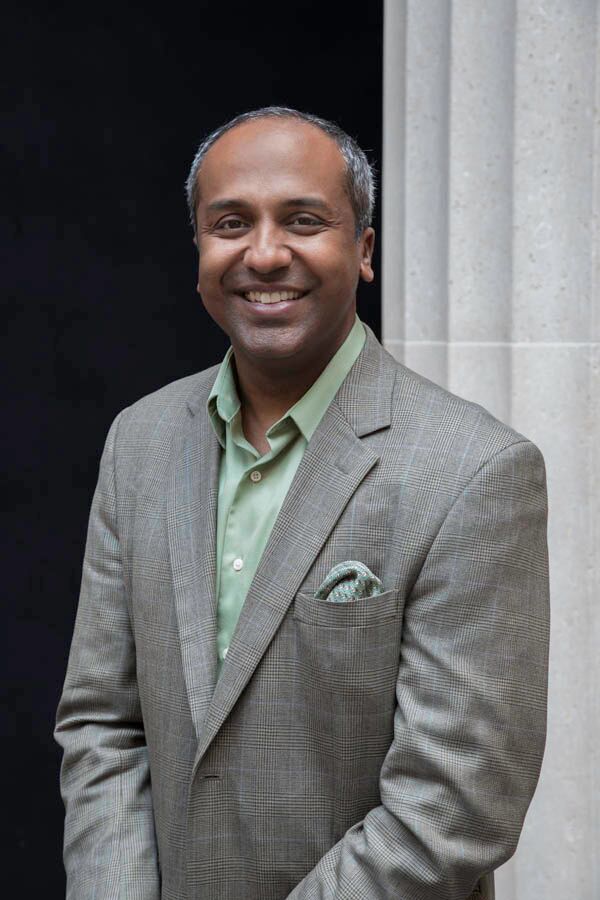Martine Gosselink, General Director of the Mauritshuis, Royal Picture Gallery in The Hague. Photography © Courtesy of the Mauritshuis
1.What is your museum about and what is your work there?
The Mauritshuis is home to the best of Dutch painting of the seventeenth century, situated in the heart of The Hague, right next to the government centre. The Mauritshuis was originally built as a private residence for Johan Maurits, Count of Nassau-Siegen (1604-1679). He served as the governor of Dutch Brazil between 1636 and 1644 where he had earned large sums for the WIC with the trade in sugar and people.
Enslaved African men and women were used for the cultivation and production of sugar cane. As early as the seventeenth century, the Mauritshuis was therefore often derogatively called the ‘Sugar Palace’. As its builder and first resident, Johan Maurits became the name-giver of today’s museum. King Willem I (the first Dutch king after the fall of Napoleon) opened the Mauritshuis as a museum in 1822, based on the collection of his father, Stadholder Willem V. He established the basis of the collection in the eighteenth century.
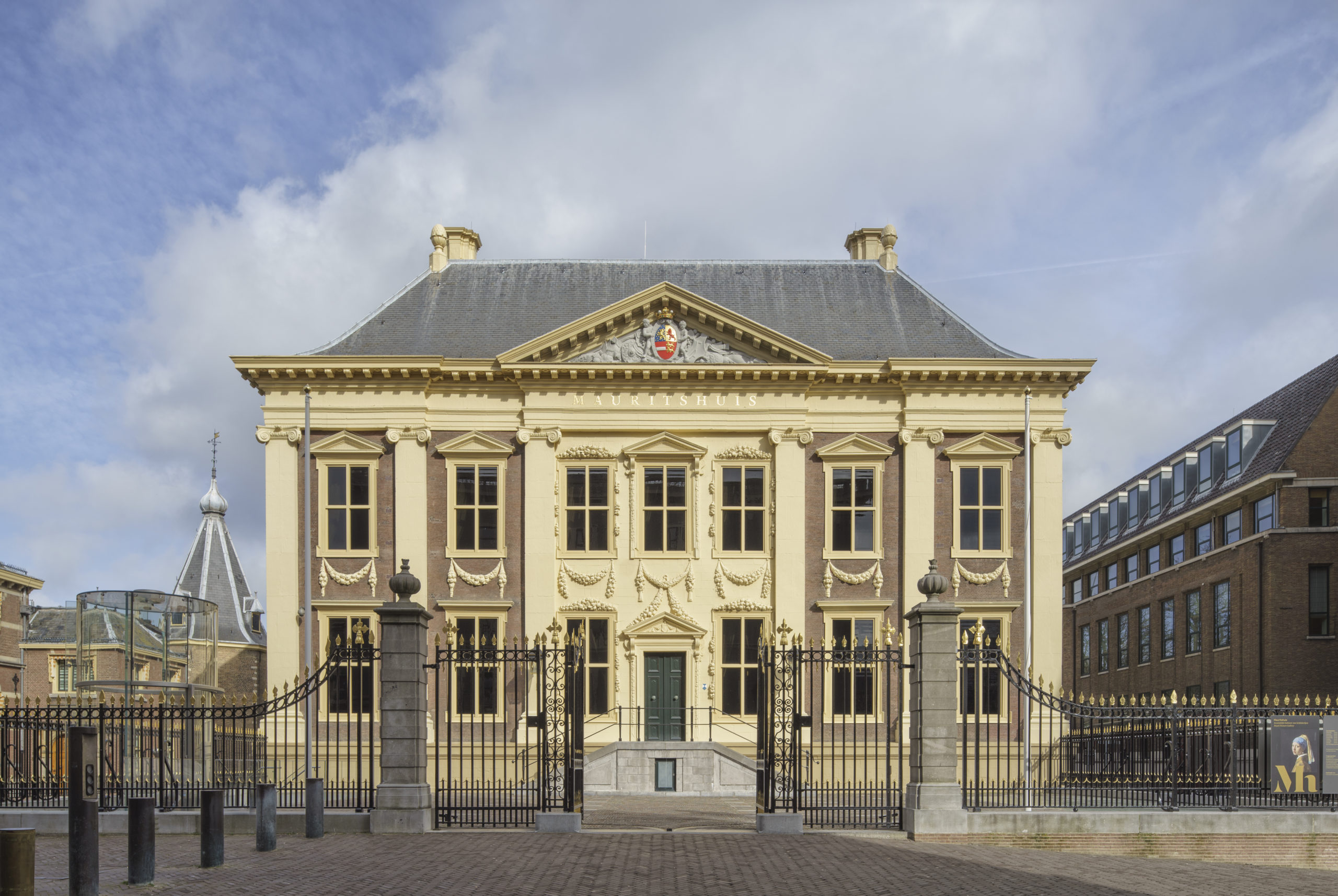
Today, our collection consists of more than 200 masterpieces mainly by Dutch and Flemish masters. Masterpieces such as Vermeer’s Girl with a Pearl Earring, Rembrandt’s The Anatomy Lesson of Dr. Nicolaes Tulp, Fabritius’ The Goldfinch and Potter’s The Bull are on permanent display. We share the highest quality paintings in an unique classical setting. It’s our everyday goal to be a museum for all people and to be open for discussion.
2.How is your museum dealing with the coronavirus crisis?
The Mauritshuis is dealing with the coronavirus in several ways. In general we as museum follow the measurements implied by the Dutch government. During the first weeks of the first lockdown (March-June 2020), an Outbreak Management Team (OMT) was formed by colleagues of different departments of the museum. This in order to implement the rules in the museum that were requested by the Dutch government in the best and quickest way. They still meet on a regular basis and keep the organisation posted regarding the latest news concerning Covid-19 in the Netherlands.
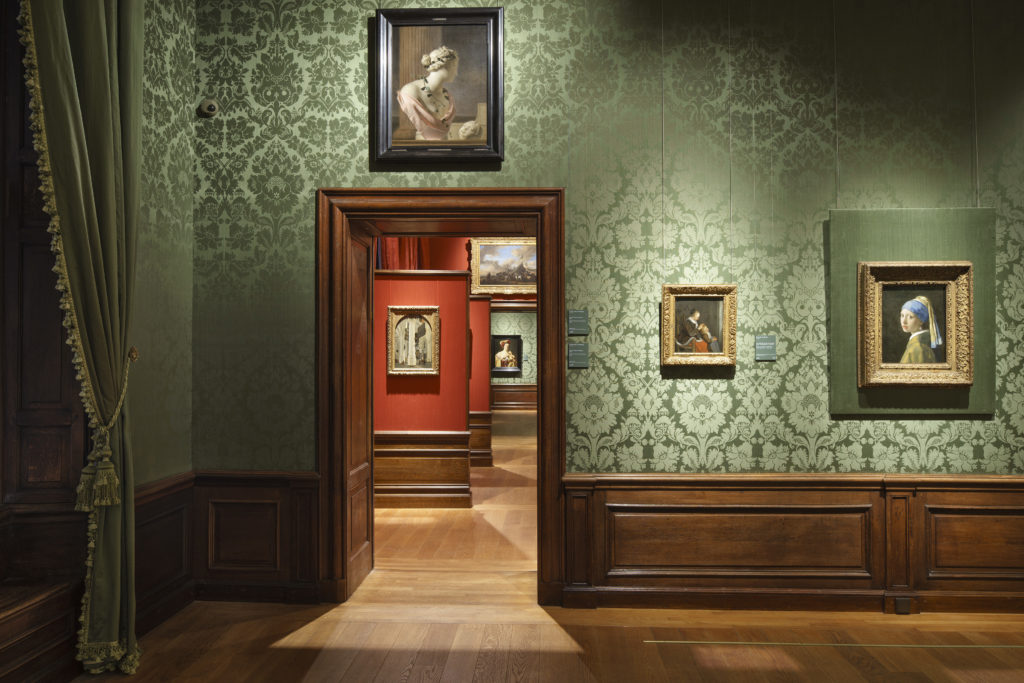
As from December 15, we are in a second lockdown in Holland and all the museums are closed again until (probably) January 19. Our staff has been requested to work from home as much as possible, insofar as their work permits. Until the recent closure, all Mauritshuis employees were required to wear a face mask in the museum’s public areas and so were visitors. Until the closure, the foyer and shop were limited to 30 people. In addition, only a maximum number of people were admitted per individual museum gallery. In this way, we kept the museum as ‘Covid-proof’ as possible for staff and visitors.
In addition, people could visit one of our masterpieces in our exhibition room. The newly opened exhibition Alone with Vermeer – ‘The most beautiful painting in the world’ , solely consists of one painting: View of Delft by Johannes Vermeer (1660-1661). During a pre-booked slot, visitors had the opportunity – either alone or in a very small group – to experience in silence the effect that this very special artwork has on them. An ideal viewing experience was being created to support this: subtle design, perfect lighting and no external sounds or distractions. You could really be ‘alone with Vermeer’ (for 10 minutes). For many this display offered the opportunity to (re)discover their favourite painting, with which they sometimes already have a strong bond, in a unique environment.
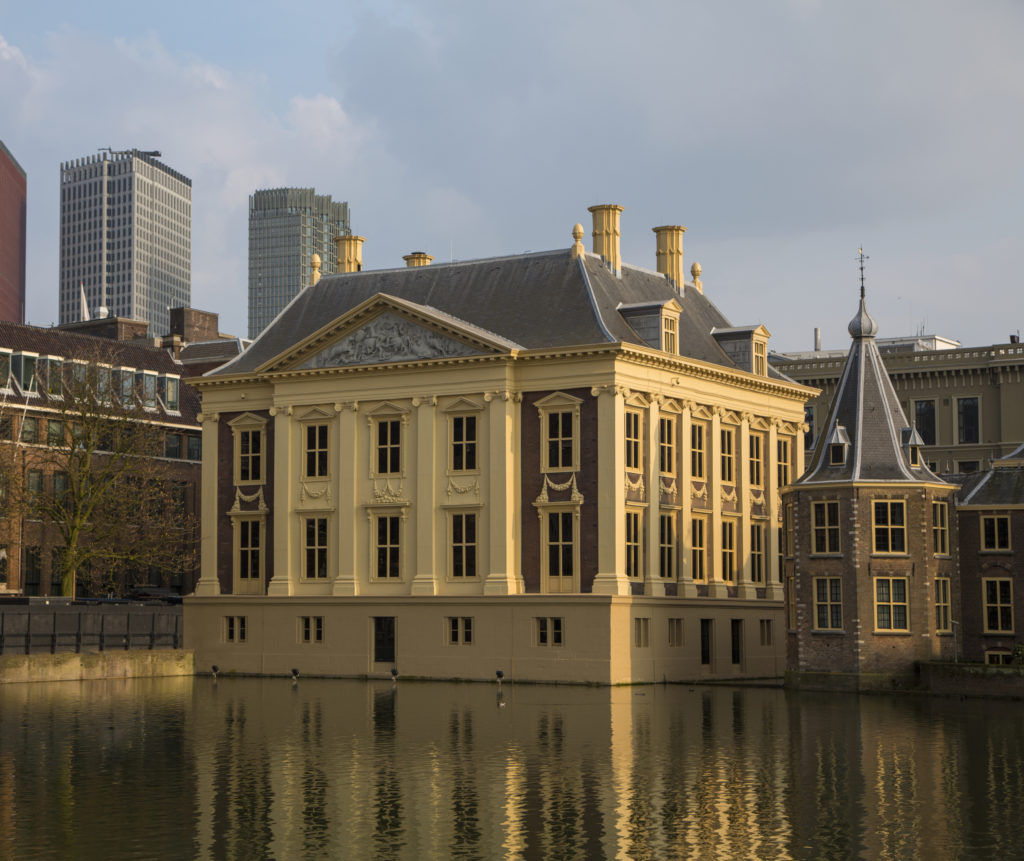
3.What is the impact on your digital activity? Do you have tips to share with your colleagues?
During the first lock-down period the Mauritshuis, amongst other museums, focussed primarily on different digital activities. The digital initiative ‘Mauritshuis at home’ was launched to provide visitors with the possibility of enjoying our artworks from their home. Videos for online workshops were created as well as mini-lectures and guided tours from home. At that time the exhibition George Stubbs – The man, the horse, the obsession was on show in the museum. Due to the closure of the museum as per March 13, the exhibition George Stubbs (open since February 20) had to close too.
Therefore our exhibition’s conservator decided to film several digital gallery talks and share some online video’s about this exhibition. In this way, people could still enjoy the beautiful horse paintings by George Stubbs. We were delighted that the exhibition about George Stubbs could be extended until 30 August 2020. Google Arts & Culture and the Mauritshuis initiated Meet Vermeer, the most complete platform about Johannes Vermeer’s paintings, made in collaboration with 17 cultural partners across Europe and the United States. The highlight is the Pocket Gallery: a virtual exhibition including all of Vermeers works. A dream for Vermeer fans worldwide.
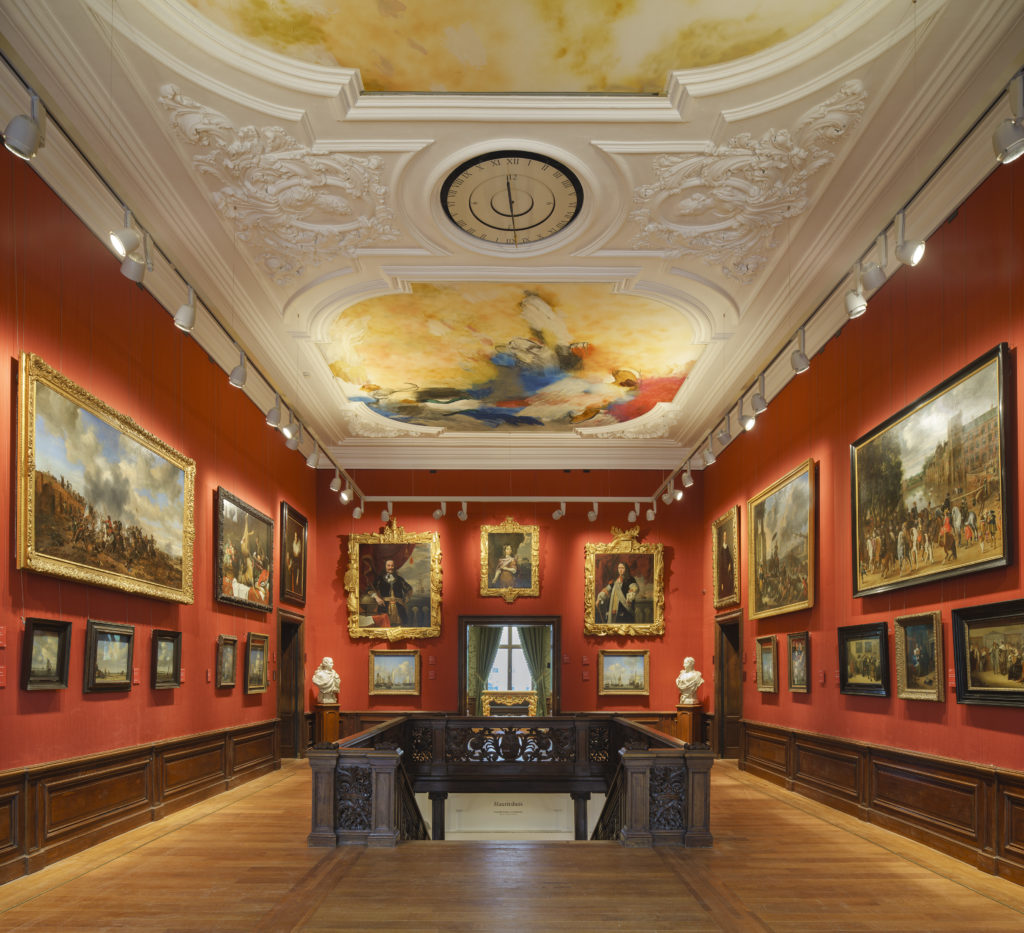
Second Canvas Mauritshuis is an extensive app to discover the highlights of our collection outside the museum. The app allows everyone to zoom in down to the brush stroke and switch between the normal images and infrared images of several painting including, Girl with a Pearl Earring and View of Delft.
Thanks to our new ‘music label’ View the Mauritshuis with Your Ears, visitors can not only look at a paintings, but also listen to them. We approached various singer-songwriters and asked them if they would like to draw inspiration from our collection. With several musical odes a year, we’re creating a unique playlist, inspired by the masterpieces in our collection. Various online challenges via our social media channels. Every week followers could take part in a new, creative challenge.
4.Are you preparing yourself for the reopening or you are already opened? Tell us in what way.
Currently the Mauritshuis is closed to the public, following a new nation wide lockdown, starting December 15 and possibly lasting until January 19. As of March 2020 we were closed for almost three months. On 1 June 2020 the museum re-opened. Therefore a re-opening campaign was launched with our world famous Girl with a Pearl Earring in the spotlight, welcoming visitors back to our museum. It was a very special moment to see that all our time-slots were sold out.
Before re-opening on June 1, it was necessary to make some adjustments in the museum. For instance new signing, glass screens for our Service desk in order to create a safe environment for both employees as visitors and of course new walking routes. Extra care was given to sanitation. Furthermore, visitors were asked to book tickets online or buy them at our cash register. Due to the situation, we had to change our way of selling tickets as well.
As of June, tickets for time-slots needed to be reserved in advance, in order to visit our museum. But as you can see, we are fully prepared to welcoming again our visitors once this second lockdown ends and we are able to open our doors again. We are also very much looking forward to the opening of our upcoming exhibition: Fleeting – Scents in Colour, an exhibition about the portrayal of smell in seventeenth-century art (opening February 11).
Interview by Fabio Pariante, journalist
MORE
The Mauritshuis on social networks: Instagram – Facebook – YouTube – Pinterest – Twitter
The Mauritshuis is a museum located in The Hague, Netherlands and the palace was designed by architects Jacob van Campen and Pieter Post in the 17th century. It’s one of the most important Dutch museums and collaborates with the most important institutions in the world.
After two years of restoration, the Royal Picture Gallery Mauritshuis reopened to the public in 2014 with a doubled extension. Martine Gosselink is currently the director of the Mauritshuis and previously she worked at the Rijksmuseum Amsterdam where she headed the History Department.
